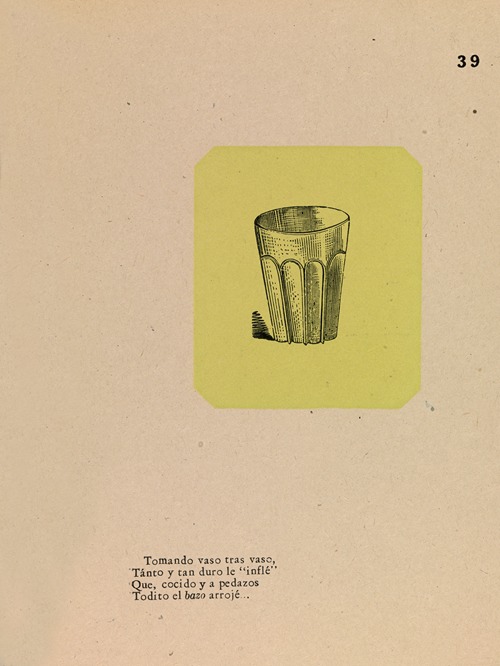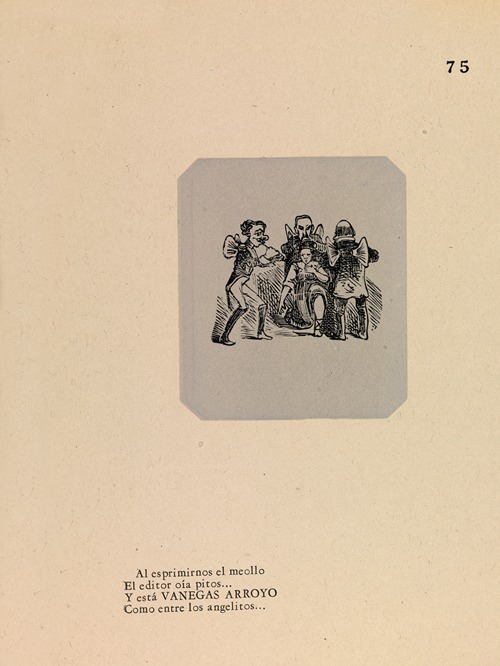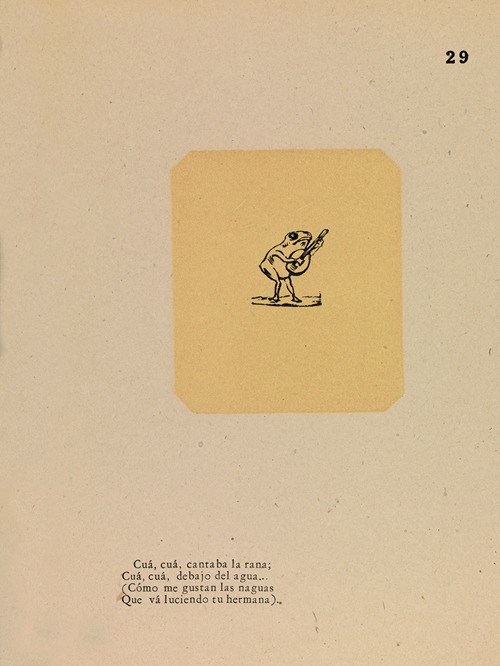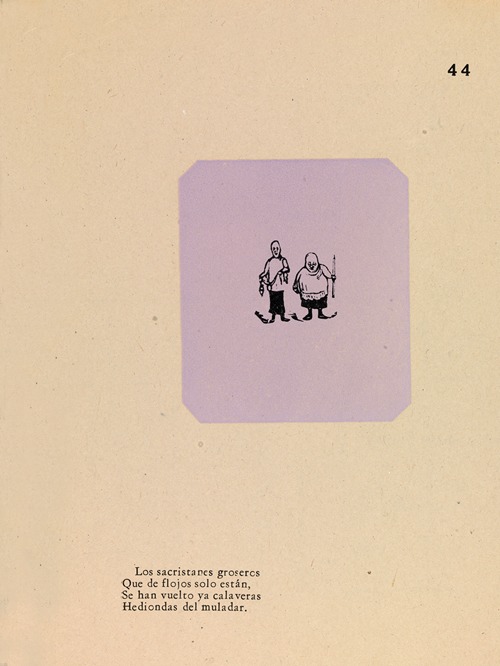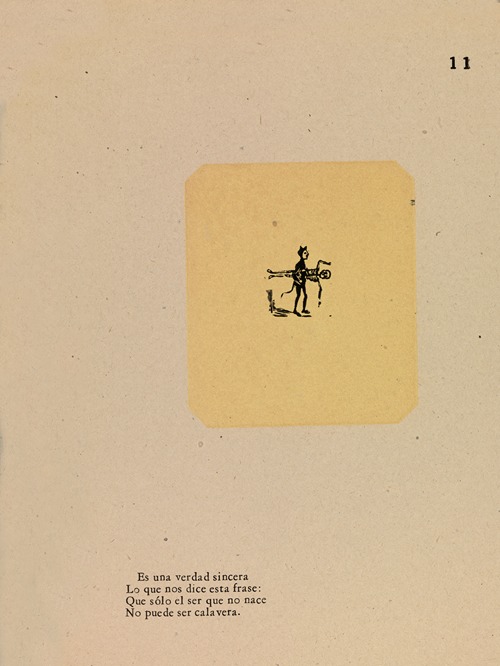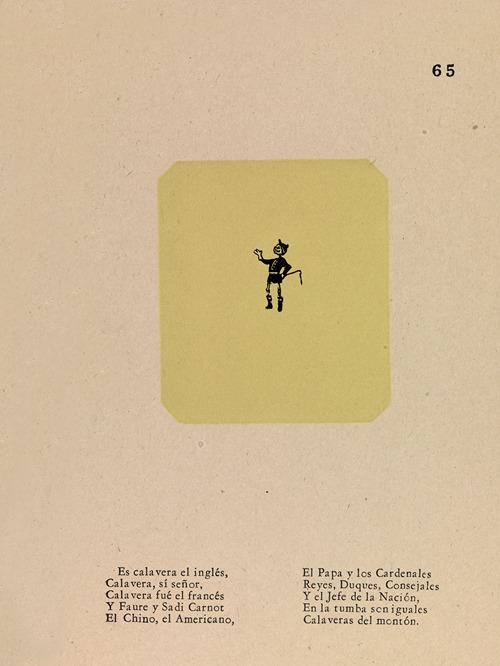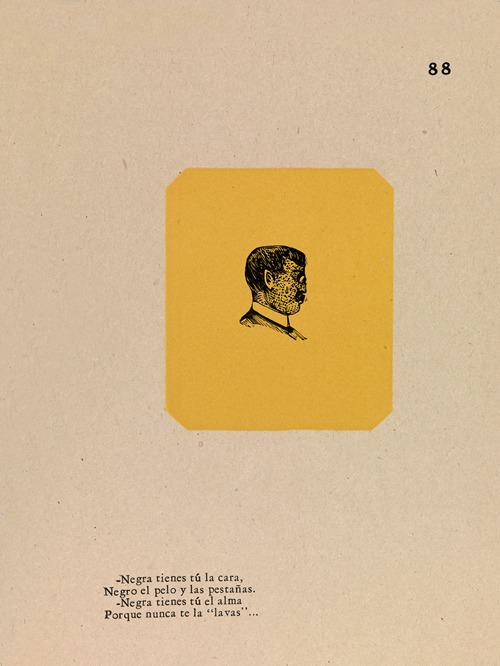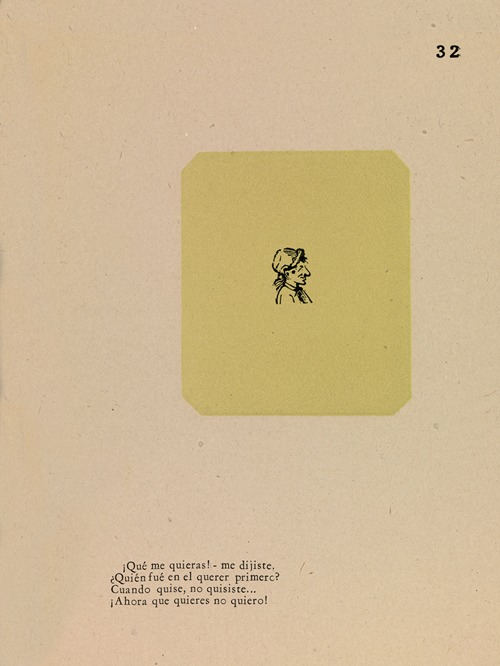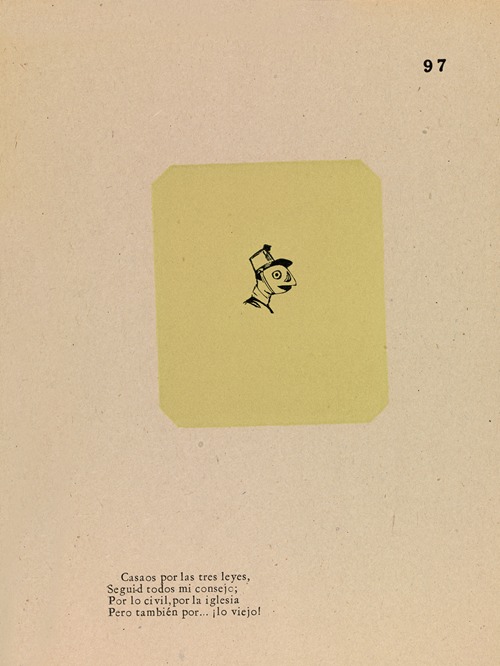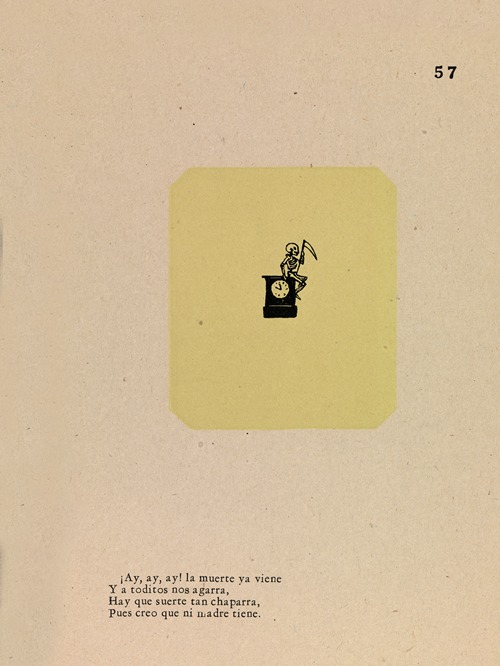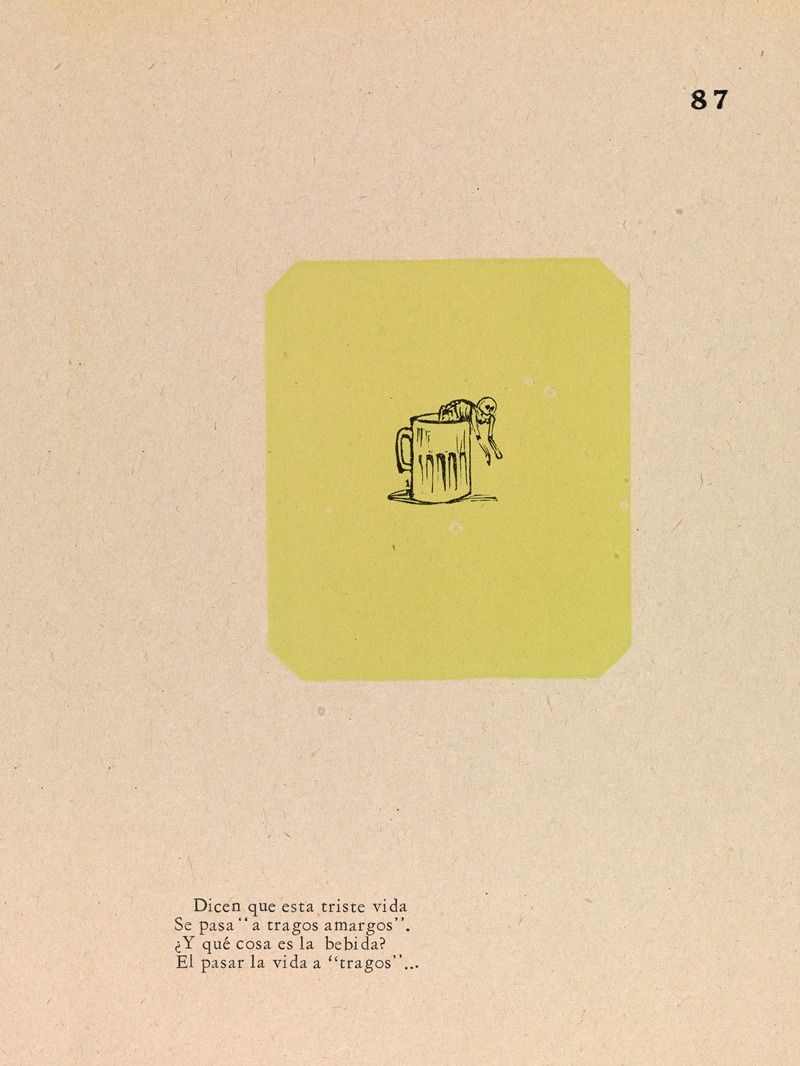

José Guadalupe Posada Aguilar was a Mexican political lithographer who used relief printing to produce popular illustrations. His work has influenced numerous Latin American artists and cartoonists because of its satirical acuteness and social engagement. He used skulls, calaveras, and bones to convey political and cultural critiques. Among his most enduring works is La Calavera Catrina.
Posada was born in Aguascalientes on 2 February 1852. His father was Germán Posada Serna and his mother Petra Aguilar Portillo. Posada was one of eight children and received his early education from his older brother Cirilo, a country school teacher. Posada's brother taught him reading, writing and drawing. He then joined La Academia Municipal de Dibujo de Aguascalientes (the Municipal Drawing Academy of Aguascalientes). Later, in 1868, as a teenager he apprenticed in the workshop of Jose Trinidad Pedroza, who taught him lithography and engraving.
In 1871, before he was out of his teens, his career began with a job as the political cartoonist for a local newspaper in Aguascalientes, El Jicote ("The Bumblebee"), where his first cartoons were published. The newspaper closed after 11 issues, reputedly because one of Posada's cartoons had offended a powerful local politician. In 1872, Posada and Pedroza dedicated themselves to commercial lithography in León, Guanajuato. While in Leon, Posada opened his own workshop and worked as a teacher of lithography at the local secondary school. He also continued his work with lithographs and wood engravings. In 1873, he returned to his home in Aguascalientes City where he married María de Jesús Vela in 1875. The following year he purchased the printing press from Pedroza.
From 1875 to 1888, Posada continued to collaborate with several newspapers in León, including La Gacetilla, el Pueblo Caótico and La education. He survived the great flood of León on 18 June 1888, of which he published several lithographs representing the tragedy in which more than two hundred and fifty corpses were found and more than 1,400 people were reported missing.
At the end of 1888, he moved to Mexico City, where he learned the craft and technique of engraving in lead and zinc. He collaborated with the newspaper La Patria Ilustrada and the Revisita de Mexico until the early months of 1890.
He began to work with Antonio Vanegas Arroyo, until he was able to establish his own lithographic workshop. From then on Posada undertook work that earned him popular acceptance and admiration for his sense of humor and propensity concerning the quality of his work. In his broad and varied work, Posada portrayed beliefs, daily lifestyles of popular groups, the abuses of government, and the exploitation of the common people. He illustrated the famous skulls, along with other illustrations that became popular as they were distributed to various newspapers and periodicals.
In 1883, following his success, he was hired as a teacher of lithography at the local Preparatory School. The shop flourished until 1888 when a disastrous flood hit the city. He subsequently moved to Mexico City. His first regular employment in the capital was with La Patria Ilustrada, whose editor was Ireneo Paz, the grandfather of the later famed writer Octavio Paz. He later joined the staff of a publishing firm owned by Antonio Vanegas Arroyo and while at this firm he created a prolific number of book covers and illustrations. Much of his work was also published in sensationalistic broadsides depicting various current events.
From the outbreak of the Mexican Revolution in 1910 until his death in 1913, Posada worked tirelessly in the press. The works he completed in his press during this time allowed him to develop his artistic prowess as a draftsman, engraver and lithographer. At the time he continued to make satirical illustrations and cartoons featured in the magazine, El Jicote. He played a crucial role for the government during the presidency of Francisco I Madero and during the campaign of Emiliano Zapata.
Posada's best known works are his calaveras, which often assume various costumes, such as the La Calavera Catrina, she is offered as a satirical portrait of those Mexican natives who, Posada felt, were aspiring to adopt European aristocratic traditions in the pre-revolution era.
Largely forgotten by the end of his life, José Guadalupe Posada died in 1913 of gastroenteritis. Three of his neighbors certified his death, although only one of them knew his full name.
